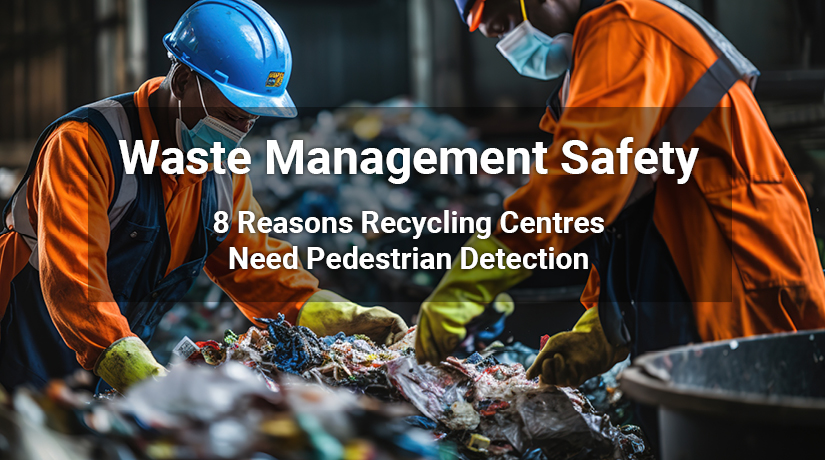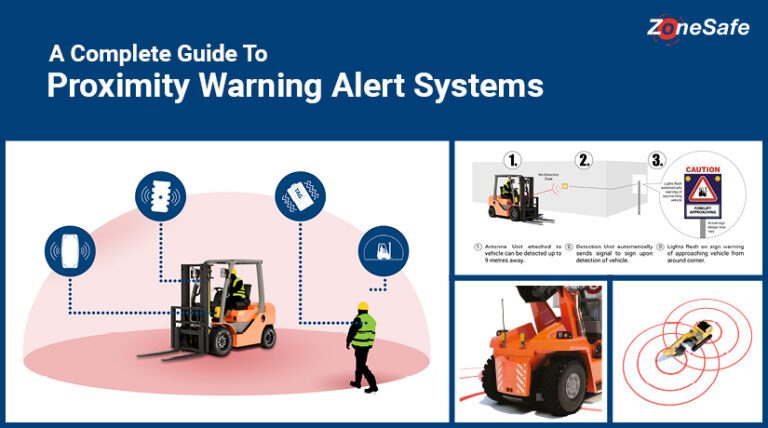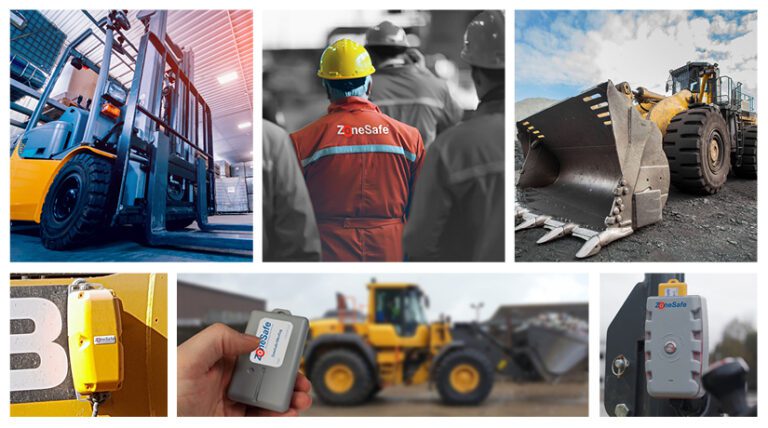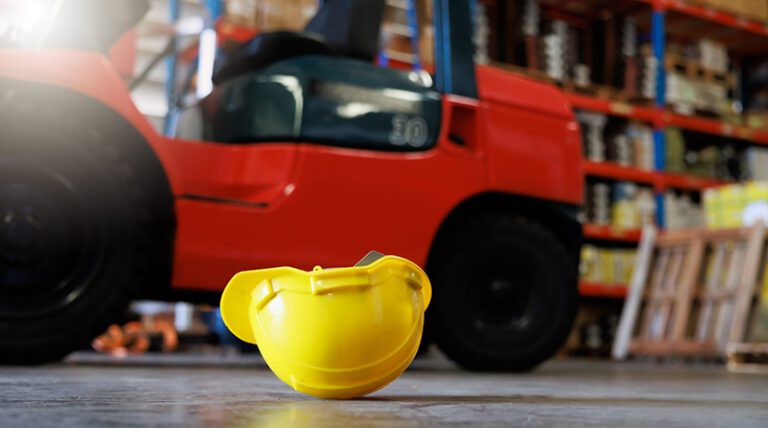Waste management safety 2022/23 Statistics published this week by HSE revealed 1,616 reported non-fatal injuries in the waste and recycling sector, up from 1,555 the previous year. Figures published earlier this year showed there were six fatal accidents in the timeframe, an increase from just one fatal accident death the year before. Waste and recycling now boasts the second-highest fatal accident rate per 100,000 workers across all sectors.
This increase in fatal and non-fatal accidents is a cause for concern. It shows that despite general advances in safety at recycling centres, there is still a significant threat to the safety of staff and visitors as part of waste management safety.
The three most common causes of fatal accidents across all sectors are falls from height, being struck by a moving object and being struck by a moving vehicle. These causes remain the top causes of fatal accidents year after year, highlighting the need to take action around accident prevention.
Workplace transport is commonly used in waste and recycling centres, so investing in ways to prevent accidents is essential. Pedestrian detection is a crucial factor in accident prevention, and systems such as ZoneSafe, which alerts drivers and pedestrians to the presence of risk, can be the difference between life and death.
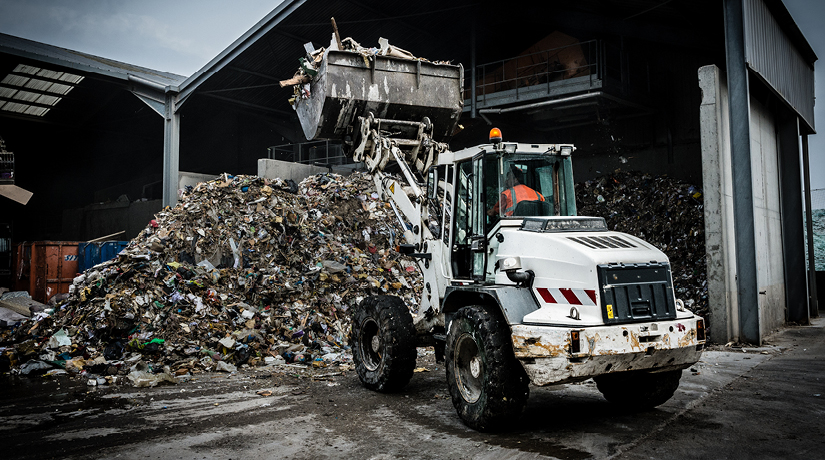
Why invest in pedestrian detection for waste management safety?
Below, we have outlined eight reasons why investing in pedestrian detection is a good idea for waste management safety.
1. Improve operator awareness
One of the most significant issues for vehicle operators is visibility. The design of some manual handling equipment means that line of sight is restricted by vehicle parts, including shovels, mirrors, forks, etc. Or by heavy loads that completely block the driver’s view. For vehicle operators, it’s almost impossible to have complete vision of the area around the vehicle, meaning accidents can happen all too easily.
An invisible detection zone surrounds the vehicle by incorporating pedestrian detection, such as ZoneSafe proximity warning systems (PWS). Once breached, the vehicle operator is alerted to the presence of a pedestrian by loud alarms and flashing lights, allowing the operator to stop activity and check the area before a collision occurs. Two-way feedback can also be included with a ZoneSafe system, meaning pedestrians can get a vibration warning alert from tags worn as part of their PPE.
2. Make the impossible possible
As part of waste management safety, total segregation of people and vehicle routes are the best way to prevent collisions and is advised by the HSE. But it’s not always possible. Site layout can place difficult restrictions on space, making creating separate routes or effective segregation impossible. Pedestrian detection makes this possible by alerting both operator and pedestrian to the presence of risk. Doing this makes both parties safe, and everyone is made aware when they get too close.
3. Make reversing safer
Reversing vehicles pose a serious risk, with almost a quarter of all deaths involving vehicles at work taking place whilst the vehicle is reversing. Visibility is the issue again, as vehicle operators can’t see what’s behind them. Working conditions such as dim lighting, weather problems and heavy loads on the vehicle exacerbate the waste management safety problem. Pedestrian detection again plays an important part in alerting everyone, from drivers to pedestrians, in the area that a vehicle is approaching.
4. Improve pedestrian awareness
Pedestrians also pose a risk to vehicle operators. Even when separate routes are in place, pedestrians can stray from the designated areas into the path of moving vehicles without realising. In this case, the driver is taken by surprise and may not have time to stop, which can have devastating consequences. With pedestrian detection, the driver is alerted as soon as a pedestrian enters the adjustable detection zone, enabling the driver to stop the vehicle at the earliest opportunity. The pedestrian is simultaneously alerted to the vehicle’s presence and is made aware that they have entered a restricted or vehicle-only area, giving them the awareness to move away. This significantly improves waste management safety.
5. Boost morale
Safety at work is everyone’s right, and nobody should be injured in the workplace, but sadly, accidents happen. An employer that takes real action to prevent accidents where possible and protect their workforce creates a trusting relationship with staff, giving them the confidence that they are safe at work. Investment in safety shows a real commitment to accident prevention and ultimately boosts the morale and motivation of people who know their safety is a priority.
6. Increase productivity
Gallup’s State of the Global Workplace: 2022 Report showed the impact of low motivation is devastating on productivity and costs businesses in terms of output and employee retention. Low engagement and high turnover directly impacts productivity, and disengaged staff are reported to cause 60% more errors, which can be catastrophic in a high-risk environment like a recycling centre. Investing in staff safety and well-being makes people feel safe and valued, and increased motivation and productivity will follow.
5. Gain valuable insights
When accidents happen, they must be thoroughly investigated so that lessons can be learned as part of waste management safety. One of the many benefits of a pedestrian detection system like ZoneSafe is the ability to record events in real-time and produce valuable analytics for every safety breach. This insight can help identify common high-risk areas within the environment, expose unsafe behaviours and detect training gaps.
6. Save money
Aside from the devastating effect of accidents at work on everyone involved, the impact on the business is far-reaching, and costs can quickly spiral. Earlier this year, a waste management firm was fined £3 Million following HSE investigations into two deaths at one of its sites in 2019/20. This exceptionally high fine shows the serious financial implications of negligence.
7. Build reputation
A safe environment, targeted investment, motivated staff and low staff turnover are all indicators of a good employer and a business with a strong sense of responsibility. Waste and recycling as a sector has a high staff turnover. By investing in waste management safety and actively making changes to protect people at work, a business is committed to running a responsible business. A good reputation can take years to build but is quickly lost when an avoidable accident occurs.
8. Protect people
The goal of investment in any safety technology is to protect people. Often, it is much more affordable and easier to implement than expected, bringing a new level of waste management safety commitment to the business. A strong safety culture must underpin operations in high-risk sectors – Learn how ZoneSafe helped Recresco to improve its site safety: Recresco case study
Are you interested in enhancing waste management safety?
Contact us for more information on implementing advanced waste management safety measures. Our team is ready to assist you in making your recycling centre a safer environment for everyone.

